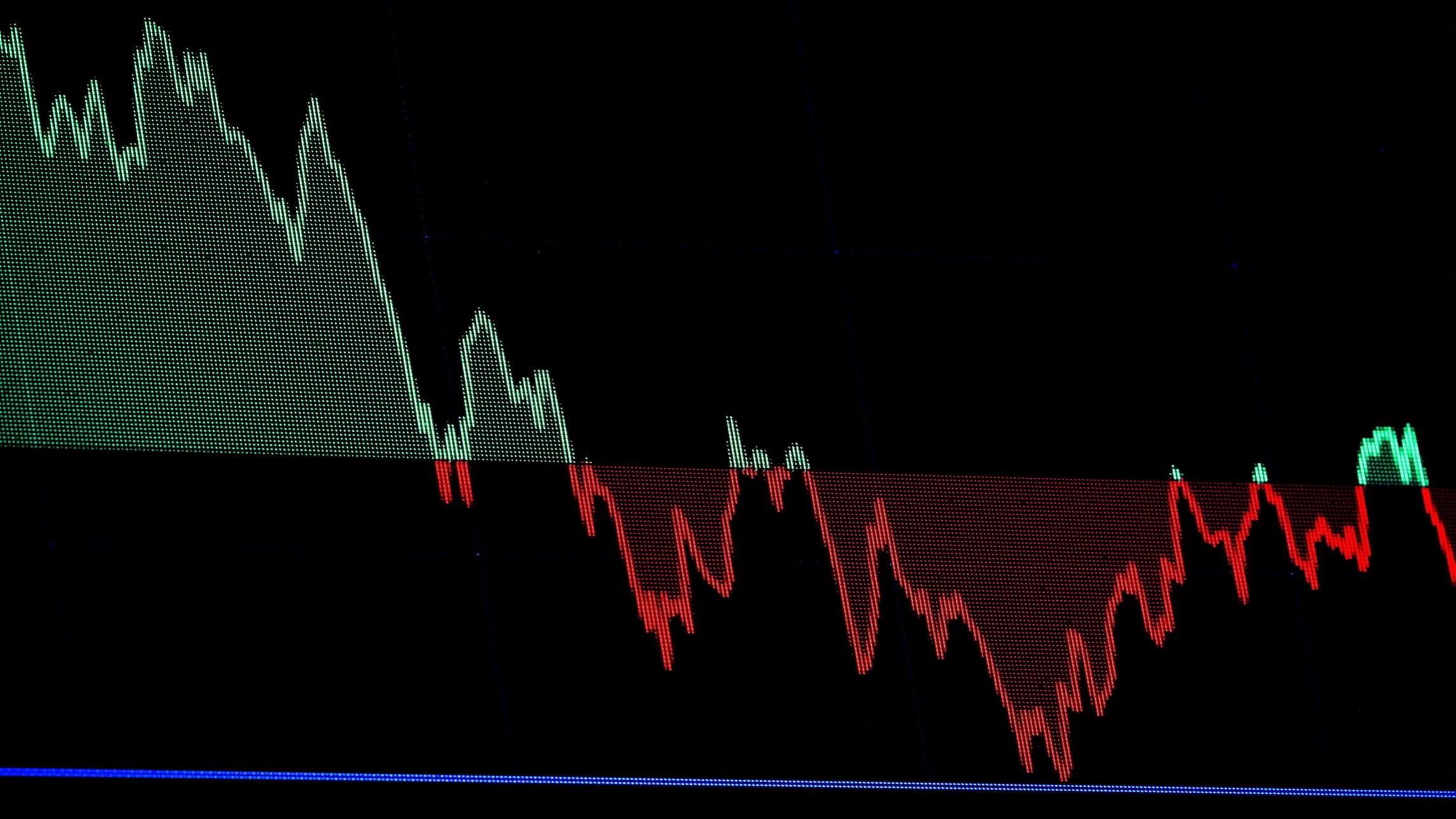
High-frequency trading (HFT) firms, known for executing large volumes of trades at rapid speeds, are seeking new avenues for growth as their traditional business models come under increasing competitive pressure. With slimmer profit margins and heightened regulatory scrutiny, many firms are being compelled to diversify into new strategies and asset classes.
Once dominant in the equities and futures markets, HFT players are now facing intensified rivalry, especially with the entrance of newer, more technologically advanced firms. This trend has eroded the advantages that early adopters of high-speed algorithms once held, prompting established participants to rethink their approaches.
To stay ahead, many firms are expanding into territories previously outside their core focus. For example, cryptocurrencies and private markets are attracting substantial interest, offering opportunities for applying algorithmic strategies to less efficient and more volatile trading environments. Others are investing in artificial intelligence and machine learning technologies to improve predictive modeling and trade execution.
Furthermore, industry leaders are seeking strategic partnerships or acquisitions to build broader financial technology platforms. These moves reflect a desire to reduce dependence on the increasingly saturated and commoditized space of ultra-fast market making.
Despite the challenges, experts note that HFT firms are uniquely positioned to adapt, given their deep technological expertise and large-scale data capabilities. However, long-term success increasingly depends on innovation and flexibility rather than pure speed alone. As the landscape continues to evolve, the next phase of growth for these digital market makers will likely hinge on their ability to leverage these strengths across a broader financial ecosystem.
Source: https:// – Courtesy of the original publisher.








